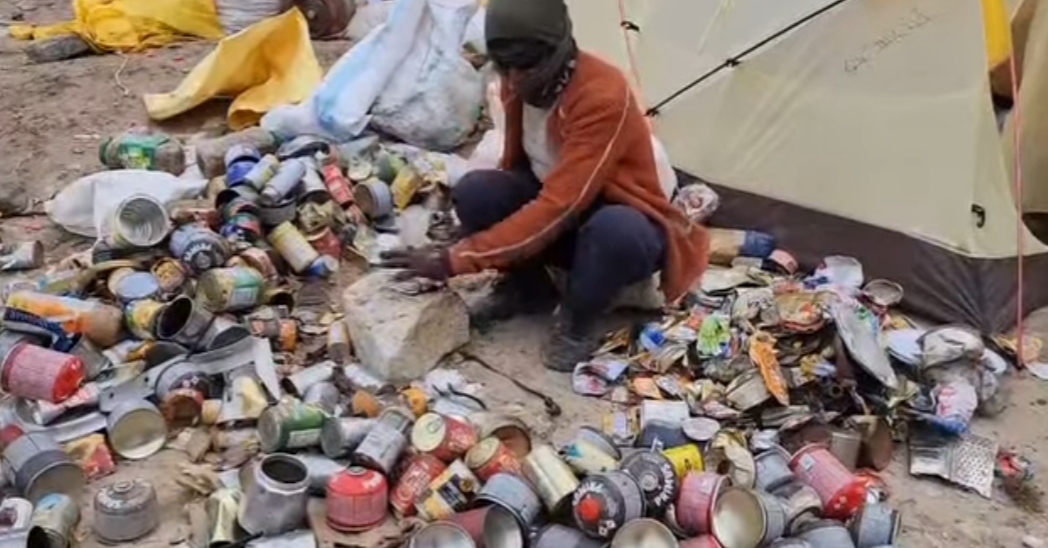In a remarkable display of commitment to environmental stewardship, the Sagarmatha Pollution Control Committee (SPCC) has successfully collected and managed over 83 tons of waste generated during the Spring 2025 climbing season at Everest Base Camp. This waste, accumulated from expeditions to Mt. Everest, Lhotse, and Nuptse, underscores the growing environmental challenges posed by high-altitude tourism and climbing activities.
Breakdown of Collected Waste:
Paper, Plastic, and Cloth: 25,056 kg
Cans, Tins, and Glass: 8,374 kg
Kitchen Waste: 17,861 kg
Human Waste: 31,797 kg
EPI Gas Canisters: 788 pcs
Used Batteries: 1,802 pcs
The SPCC field team has been working diligently to transport this waste for safe disposal and recycling. Their efforts not only safeguard the fragile Himalayan ecosystem but also uphold the sanctity of the world’s highest mountain.
Collaborative Efforts for a Cleaner Everest:
This massive cleanup effort was made possible by the unwavering dedication of the SPCC staff, the climbing community, and several supporting partners. Their collective mission to maintain the pristine beauty of the Himalayas reflects a growing awareness and responsibility towards sustainable mountain tourism.
The Broader Impact:
As human activity continues to impact remote regions like the Himalayas, initiatives like SPCC’s waste management program serve as a reminder of the delicate balance between adventure and conservation. Maintaining Everest's environment is crucial not just for climbers but for the millions who revere it as a global icon of natural beauty and cultural significance.
Call to Action:
SPCC’s work highlights the importance of collaborative climate action and sustainable practices. As stakeholders in the preservation of this iconic region, climbers, trekkers, and operators are urged to adopt environmentally responsible habits and support cleanup initiatives.
Let’s unite to keep the Himalayas clean and ensure that future generations can experience the unspoiled grandeur of Mt. Everest.